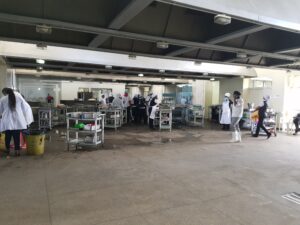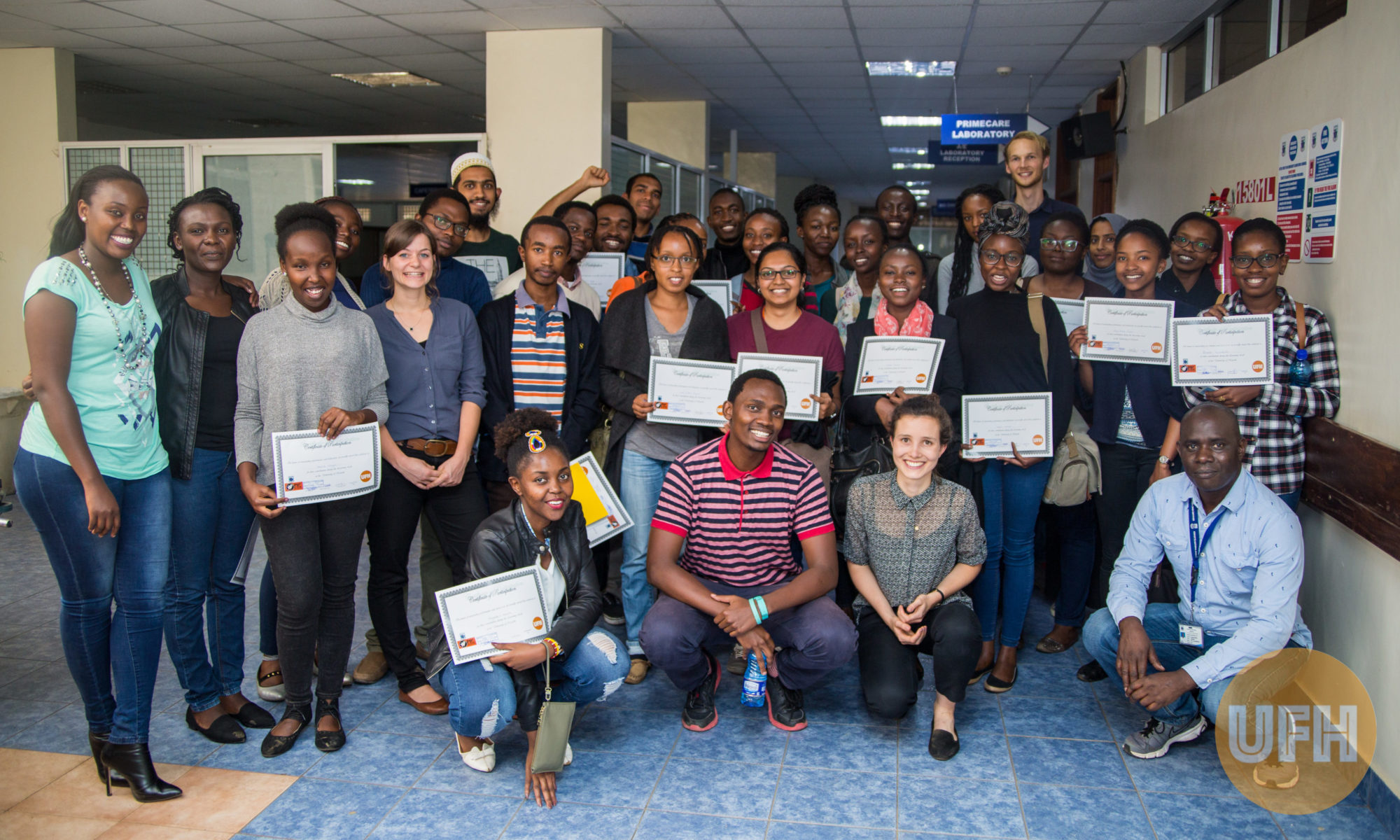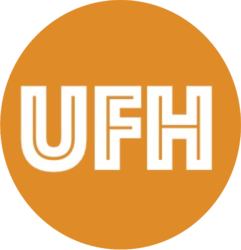 A day at the Public Health Department of Kenyatta National Hospital
A day at the Public Health Department of Kenyatta National Hospital
For me, the Public Health related part of my exchange looked slightly different than previous projects and experiences. Due to the pandemic and some structural changes it was quite silent around the Public Health Club of the University o Nairobi. Nevertheless I got some insights in the challenges and problems of the largest public hospital of East Africa. I was able to spend one day at the Public Health Department of the hospital and learn a lot about the working areas of a PH Officer.
My PH day was divided into three parts: Food and water quality, Waste disposal and Work at wards.
 I was taken around the hospital kitchen where all the food for patients, employees and visitors gets prepared. I learnt about challenges in receiving meat deliverys, storing different types of food, preparing meals for different diets and ensure good quality of food and water. Not only got I involved in examining thecontainer of chickens that arrived that day, I also learnt the procedures of taking food and water samples and went through all the forms and paperwork for seizure and claim of products of insufficient quality.
I was taken around the hospital kitchen where all the food for patients, employees and visitors gets prepared. I learnt about challenges in receiving meat deliverys, storing different types of food, preparing meals for different diets and ensure good quality of food and water. Not only got I involved in examining thecontainer of chickens that arrived that day, I also learnt the procedures of taking food and water samples and went through all the forms and paperwork for seizure and claim of products of insufficient quality.

Waste disposal is another major issue of the clinic managment. The waste is divided in Food Waste, General Waste, Clinical Waste, Infectious Waste and Chemotoxic Waste, visualised through a color system of bins, liner bags and signs. Due to shortage of resources this system can’t be maintained which makes the elimination of the waste even more difficult. My insight comprised the visit of waste storage, the “chicken corner” where food waste waits to be collected, the microwave for processing of infectious waste and an overview of participants in the whole process.

After that we visited the pediatric wards to go through the tasks and challanges that the clinical everyday life brings. The PH Officer summarized the main issues as vermins control, sanitary hygiene and patient education. Because of the bad maintenance of the building the control and elimination of vermins is a constant issue. Also the lack of space and overcrowdedness contribute to the problems with cleanliness. In a female patient toilet with 4 cubicles one is broken, one is used as male changing room, one as a staff toilet and only one for female patients. Additionally, many patients from rural areas are not familiar with water closets which leads to problems in proper usage. Here, the patient education is crucial to maintain the medical and sanitary and medical facilities clean. But again, this comes with problems like linguistic barriers. Only people with good access to education can speak english and many people even only speak their ethnic group’s language, of which there are over 50 in the whole country.
For me, this day at the PH Department helped me understand how a huge medical provider works in Kenya and where changes are most important. For any further actions this might be an inspiration where to start.
To keep this cooperation alive and esure the clinical impressions and experiences, I’ve drafted a new and comprehensive Memorandum of Understanding between UFH and the Kenyatta National Hospital. The PH Club as the main exchange parter is run by the University of Nairobi, so the PH Exchange doesn’t affect the hospital in the first place. But a part of the program should always be to get to know the medical work and so the involvement of KNH is crucial. As bureaucracy in Kenya turned out to be very complicated and protraced, I hope the MoU will make it’s way through all the instances and the good cooperation will be kept alive.
![]()

